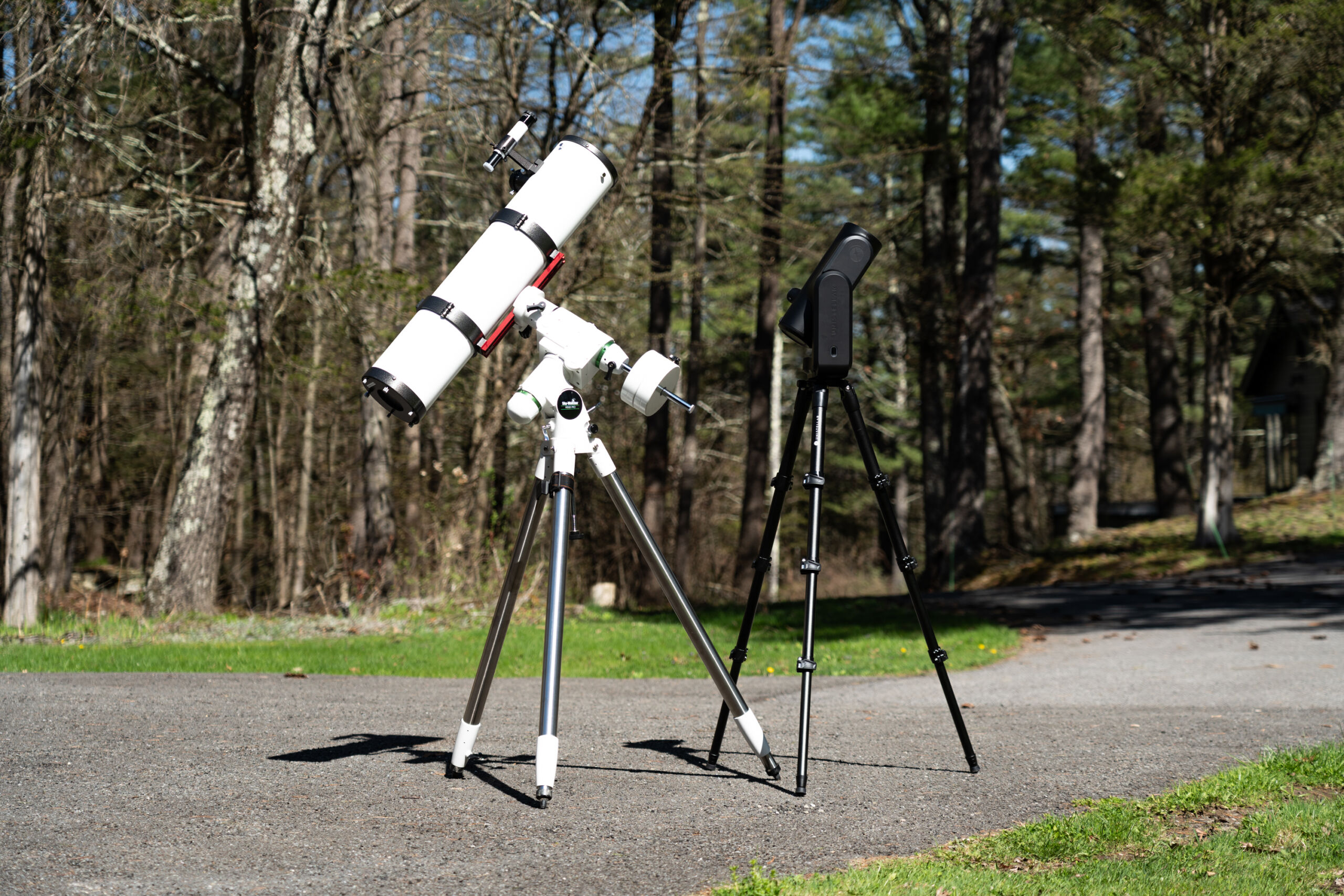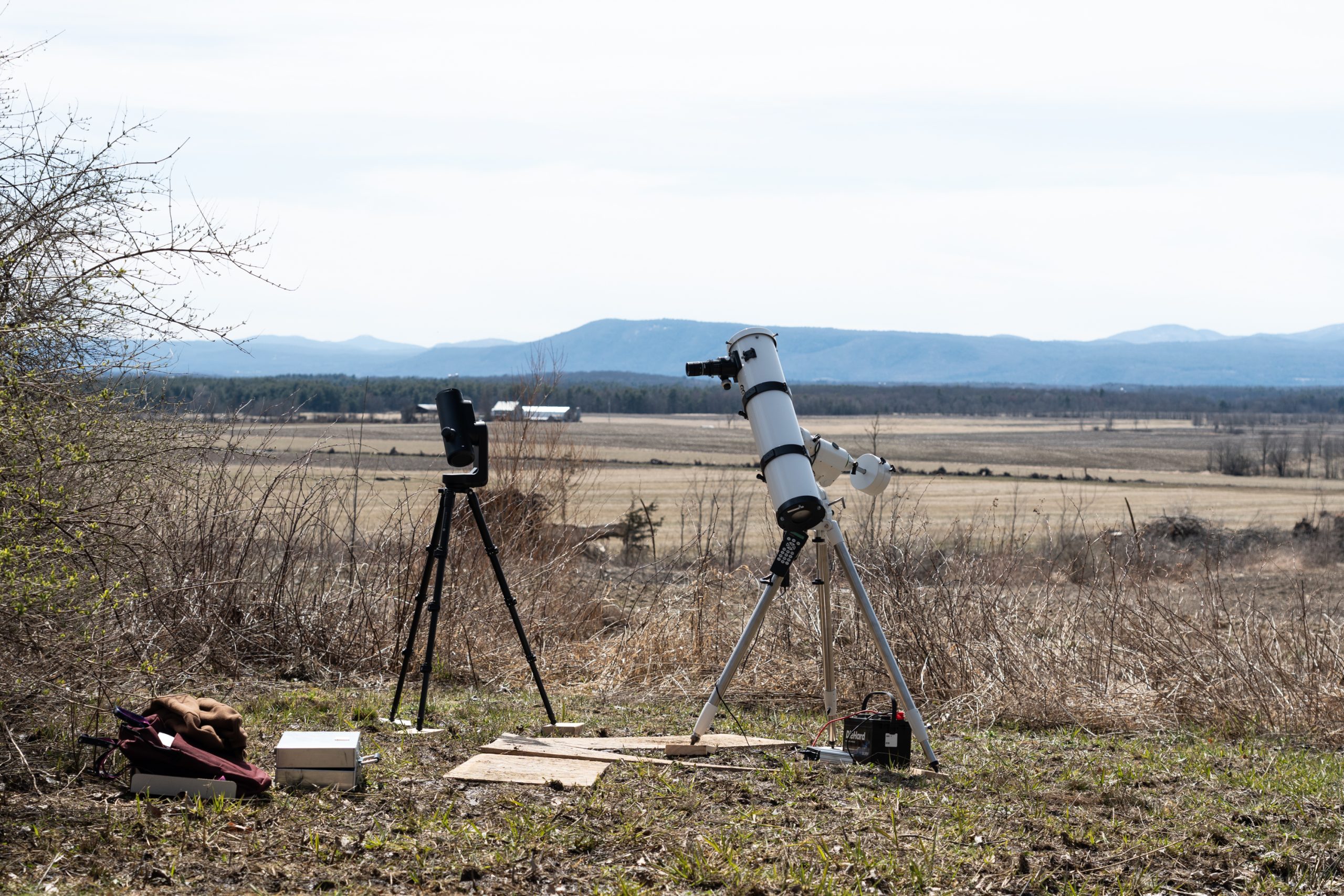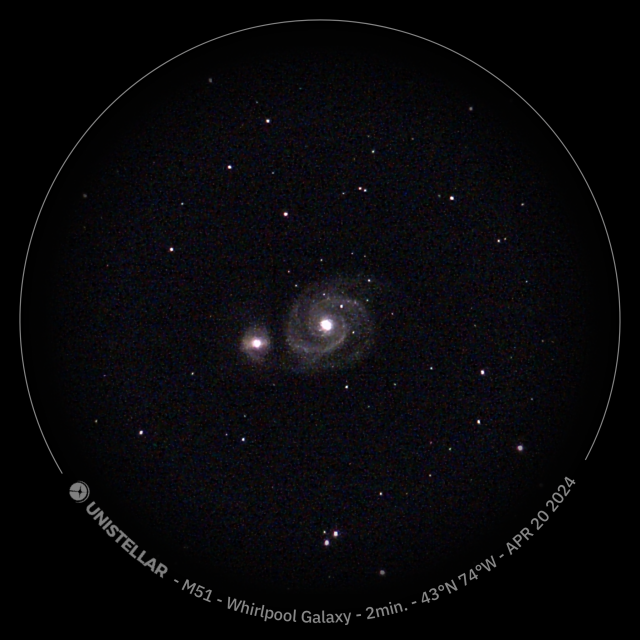It's been 300 years since Galileo and Isaac Newton started fiddling around with lenses and parabolic mirrors to get a better look at the heavens. But if you look at many of the best amateur telescopes today, you'd be forgiven for thinking they haven't progressed much since.
Though components have certainly improved, the basic combination of mirrors and lenses is more or less the same. Even the most advanced "smart" mounts that hold them rely on technology that hasn't progressed in 30 years.
Compared to the radical reinvention that even the humble telephone has received, it's sad that telescope tech has largely been left behind. But that is finally changing. Companies like Unistellar and Vaonis are pioneering a new generation of scopes that throw classic astronomy norms and concepts out the window in favor of a seamless setup and remarkable image quality.
But is it really stargazing if you're looking down at your smartphone instead of up at the stars? That's what I endeavored to find out with the help of two generations of "smart" telescopes, one old and one new, brought together during the recent solar eclipse.
Old versus new
In the "old" corner is my GSO six-inch, a Newtonian reflector with a few upgrades. It's a basic scope, on the high-end of entry-level by amateur astronomer standards, but a solid base for learning. Besides, the real money is in the mount and eyepieces. For eyepieces, I tested using a Baader Hyperion Zoom Mark IV and a Hyperion 5 mm.
The bulk of the cost of this setup, though, is in the mount, a Sky-Watcher HEQ5 Pro. This is among the more advanced of the classic style of "smart" telescopes, an equatorial mount that, once correctly aligned (more on that in a moment), can find celestial objects and track them across the sky using a device called a SynScan 6.










 Loading comments...
Loading comments...
